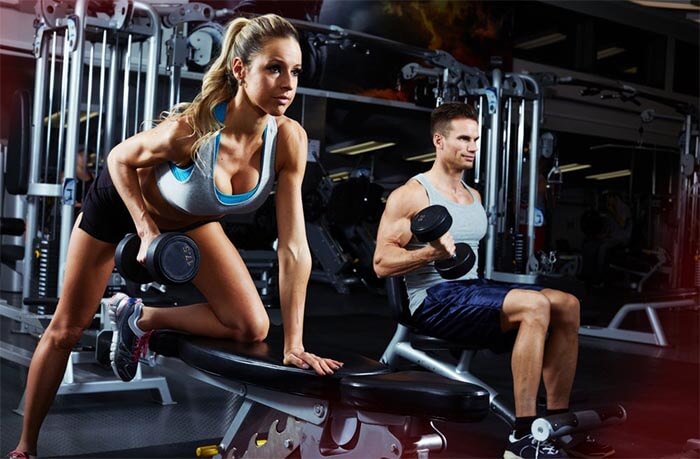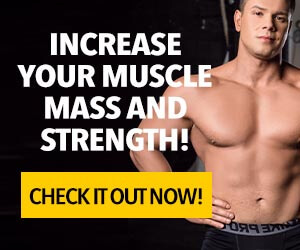Putting together the right training plan is not an easy task. There are many possibilities of combining individual muscle parts, choosing the number of series, repetitions within one of them and the frequency of training. One connection will be suitable for beginners in strength exercises, others are intended for advanced athletes who already have knowledge of the capabilities of their own body.
Table of content
- What muscle parts do you train together and which connections are better to avoid?
- How to choose the most effective combination of exercises for individual muscle groups?
- Recommended connections, or what to practise together?
- What to avoid
What muscle parts do you train together and which connections are better to avoid?
Division of muscles due to functions
As far as effectiveness is concerned, the training intensity and volume, i.e. the number of repetitions performed during one training session are really important. Having a well-structured training plan for these two determinants and ensuring yourself with a proper surplus or caloric deficit, you can count on muscle growth and fat loss.
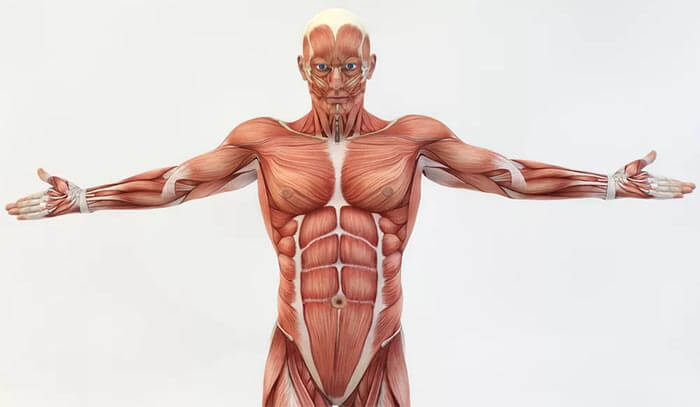
In answer to the question of which muscle groups to train together, it is important to divide the muscles due to their function: pushing or pulling.
The muscles responsible for the pull movement include:
- anterior tibial muscle,
- biceps thigh muscles,
- back muscles
- lateral and posterior acton (part) of the shoulder muscles.
Push muscles, i.e. those responsible for pushing, are:
- pectoral muscles
- quadriceps,
- gastrocnemius and soleus calves,
- triceps, or the triceps muscle of the arm,
- shoulder muscles – anterior acton.
How to choose the most effective combination of exercises for individual muscle groups?
Which muscle parts you train together depends largely on your level of training.
For beginners
Beginners are usually recommended for FBW (Full Body Workout) training, i.e. training involving the whole body, and thus all muscle parts during one workout. The muscles not accustomed to strength training will receive a lot of stimuli which will increase the effectiveness of exercise.
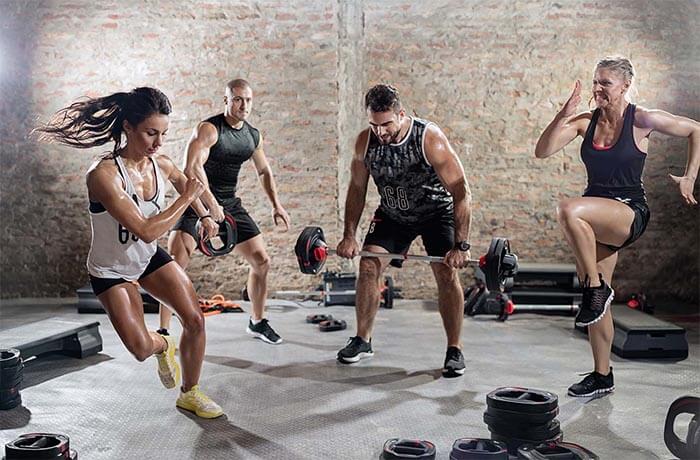
Verywellfit.com says the key for FWB training is volume. Exercises for large muscle groups should be performed, e.g. in two or three series and smaller ones in three or four.
When FWB training does not provide optimal results, you can go to a higher level and start exercising using the first split, namely the division into front and back muscle groups.
Exercises for a specific muscle group will have a larger volume. The number of exercises and series performed in one exercise will increase.
The first split includes muscle groups:
- anterior, i.e. the front and side shoulders, chest, biceps, abdomen and quadriceps muscles of the thigh,
- posterior, ie, back muscles, two-headed thighs, buttocks, back extensors, triceps and posterior shoulders of the shoulders.
Intermediate people
More advanced people often use split into three trainings a week. At this training stage, people wonder how to achieve the best results.
The most common combinations include:
- shoulders and legs
- back and triceps,
- chest and biceps.
These connections change to achieve greater muscle load, mainly biceps and triceps. You can then involve smaller muscles when training larger ones. If you want to “skat” these muscle parts during training, you should use a combination of cage and triceps as well as back and biceps.
Training for gym veterans
Professionals, mainly bodybuilders, prefer workouts that focus on one muscle part in one day. The four-day split includes four days of training and three rests that are intertwined with each other, which allows individual muscles to effectively rest and counteract catabolic processes.
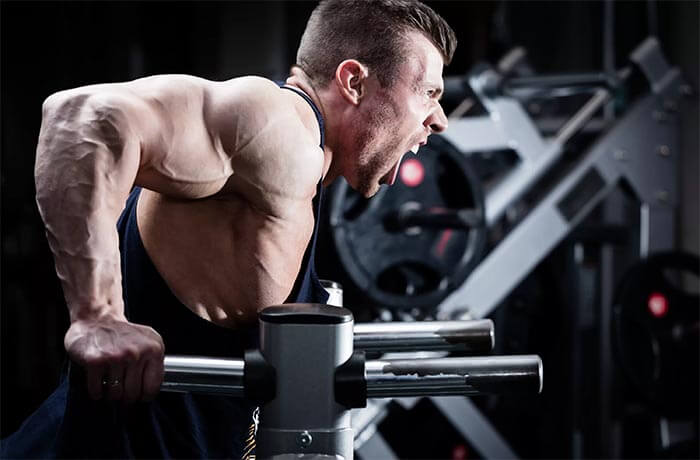
This type of training combines:
• chest muscles with biceps,
• back muscles and back shoulder actons,
• triceps and front and side shoulder actors.
Exercises for the leg muscles include a separate workout. These connections can be freely changed, depending on what effect you want to achieve. People who exercise in a four-day split usually know their body perfectly and know which connections bring them the best results.
Training opposing muscle groups – superseries
The human body is made up of many muscles, which include pairs of antagonist muscles, i.e. those responsible for opposing movements. Classic training plans involve engaging these muscles in subsequent exercises, i.e. first for biceps, then for triceps, first for the chest, then for the back, etc.
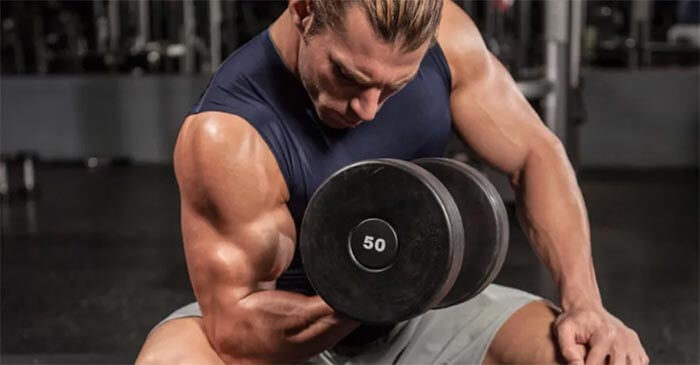
Exercises for these muscle groups can be combined and interleaved by doing one series of each one in turns. This style is called super series.
Superseries include antagonistic muscle parts that are usually trained alone or in combination with other muscles. In this way, biceps and triceps are trained together, as well as the biceps and quadriceps muscles of the thigh, anterior and posterior shoulder actones, tibia, soleus and gastrocnemius muscle, as well as the chest and back. – says askmen.com
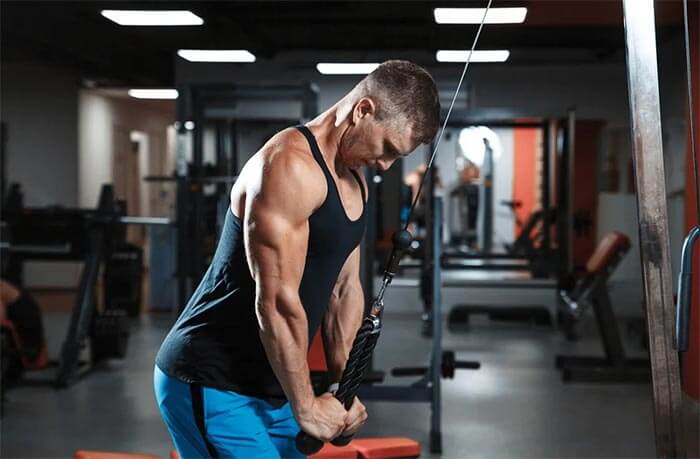
Exercises should be performed alternately, series for one muscle part, then series for the other muscle part. This pattern repeats until the end of the supersection.
One of the varieties of super series are combined series. These include exercises for one muscle group or muscle groups that work together to perform a particular exercise. It is important to combine the right type of exercise. The most optimal is the combination of single-joint (isolated) exercise with more difficult multi-joint exercise.
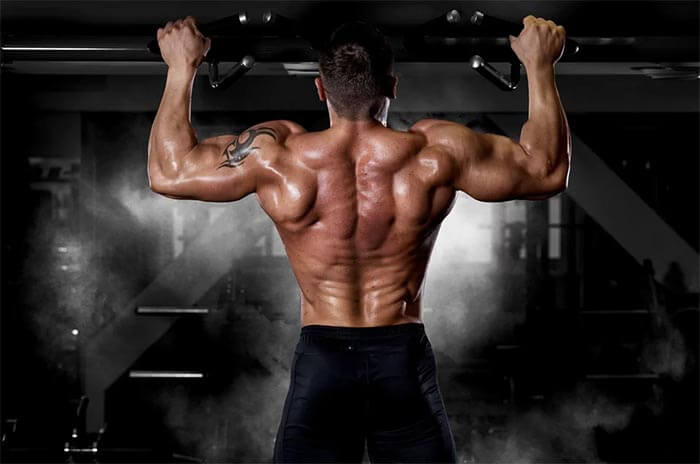
This way you can train:
- chest, triceps and shoulders,
- back and biceps,
- gluteus muscles, double headed thighs, shoulders, arms and quadrilateral cages.
Recommended connections, or what to practise together?
As you can see, there are many combinations of individual muscle groups, and the choice of appropriate exercises depends on what the final effect should be. However, there are connections that are considered to be the most effective and reduce the likelihood of injury.
1. What should you do with your shoulders?
Shoulder exercise usually involves the largest of the muscles in this group, i.e. the deltoid muscle. Its structure determines the performance of various types of exercises because all three types of actons (front, side and rear) are activated when performing other hand movements.
The training of the anterior and lateral deltoid muscle is combined with the chest exercises, while the posterior actors are also active during dorsal muscle training. People who are particularly interested in increasing the width of their figure are recommended to devote a separate training day to their shoulders.
2. What should you do with your back?
Back muscles are a very large group, which is why their training usually involves a lot of different exercises, depending on the method used. Back muscles and triceps are a classic combination. Performing a superserie combines the back and biceps. The back muscles, in particular the extensors, are subjected to heavy loads during deadlift exercises. The combination often used by bodybuilders are exercises involving the back and shoulders.
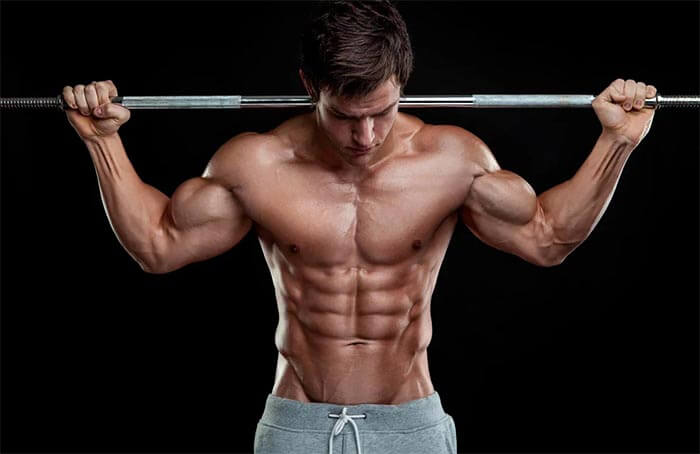
3. What do you do biceps with?
Biceps belong to the small muscle group, however, it is given a lot of attention. Many athletes who care about increasing their forearm circumference perform biceps exercises, devoting them almost the entire training day. Biceps work while exercising many other muscle groups, which is why it is often combined in strength training with chest exercises.
The fastest effect of inflating biceps can, however, be achieved by using a superserie, combining biceps with an antagonist-acting triceps.
4. What do you do triceps with?
Triceps, or the triceps muscle of the arm, is located in the back of the arm. It belongs to the extensor muscle group. As in the case of biceps, the best effect can be achieved by using the biceps, triceps superserie. The classic combination, however, includes triceps and backs. Professionals who put a heavy load on one muscle lot exercise triceps with the front and side shoulders.
5. What should I do with my stomach?
The abdominal muscles are relatively small, which is why the exercises for this part only last too short to fill the whole training day. The most classic exercise for the abdomen is the bellies, which are bends to the front of the torso from lying back. Abdominal muscle exercise is often combined with leg muscle exercise.
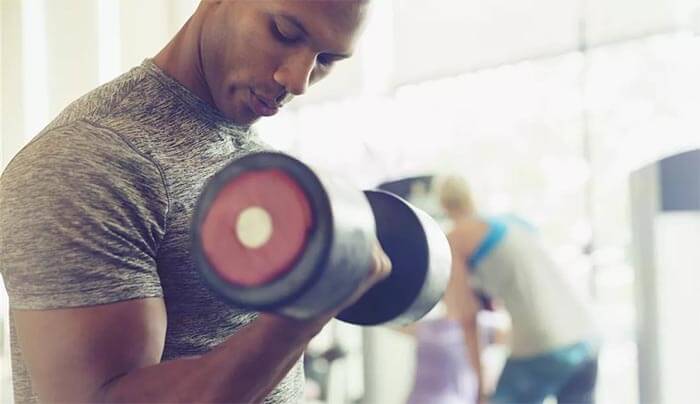
6. What should you do with your chest?
The chest belongs to a medium-sized muscle part, which is why its training combines with other smaller parts, e.g. biceps, triceps, shoulders, calves and forearms. The chest is rarely sacrificed to the whole training day and is not combined with leg exercises. Chest and back exercises are one of the classic super series.
What to avoid
It is necessary to kwno which muscle parts should be trained together as well as in which order the exercises should be performer. Moreover, it is vital to know what order should definitely be avoided, e.g. back muscles should not be trained on the eve of thigh muscle exercises.
A similar relationship exists between the muscles:
- forearms and triceps,
- forearms and biceps,
- shoulder and chest,
- shoulder and triceps,
- biceps and upper back,
- calves and thighs
The whole training day can be spent on muscle parts considered large, i.e. legs and back. The size of these muscles and their complex structure cause that the training includes a large amount of time-consuming and engaging exercises. Medium and small muscle parts are combined into sets and the individual connections depend on the used method.


